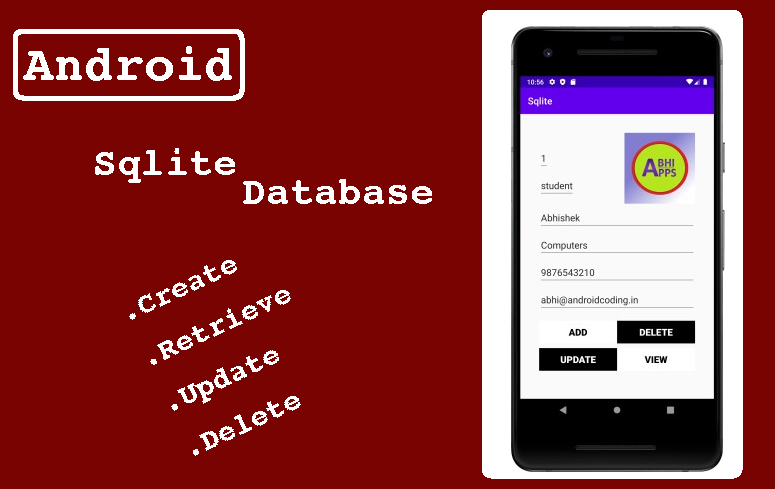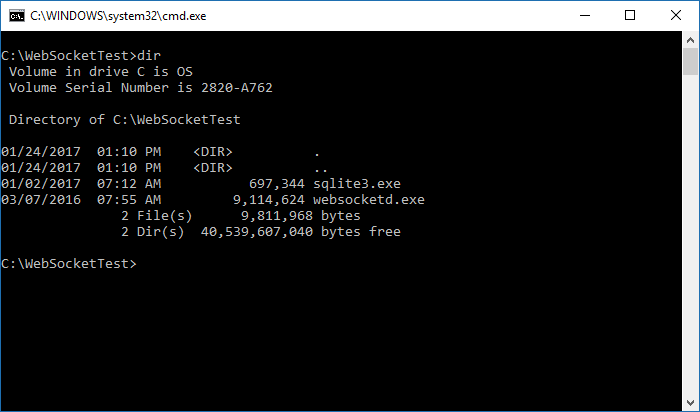

#ANDROID SQLITE COMMANDS HOW TO#
There are SO and other resources explaining how to install the sqlite3 binary onto your device from an emulator but for one time access this process works. This is a really round about way of copying the database to your local machine and locally reading the database. Next enter the following commands from Terminal or Command (don't enter first character or text in ()) > adb shell Next you will need to understand what terminal each command gets written to the first character in the examples below does not get typed but lets you know what shell we are in: path of the SDK (if not included in your OS environment).You must see something of this kind : The second line tells you to enter. This can be accomplished with ADB but requires a number of steps.īefore you start you will need some information: Open the Terminal/Command Line and enter the command sqlite3.
#ANDROID SQLITE COMMANDS ANDROID#
The workaround is to copy the Database from your device to your local machine. Fore accessing the Android files two tools from Android SDK are important for you: Adb Adb is a console-oriented command prompt. the Android Emeulator, OSX, Linux (if installed) and Windows (after installed) have the binary so you can open a database locally on your machine. Normal devices do not include the sqlite3 database binary which is why you are getting an error. The issue you are having is common and not explained well in the documentation. List all of the available SQLite prompt commands. Print the entire table: SELECT * FROM tablename There are a few steps to see the tables in an SQLite database: dbĦ- run sqlite3 commands that you like eg: Select * from table1 where. I haven't found any way to do that in Android Studio, but I access the db with a remote shell instead of pulling the file each time.ġ- Go to your platform-tools folder in a command promptĢ- Enter the command adb devices to get the list of your devices C:\Android\adt-bundle-windows-x86_64\sdk\platform-tools>adb devicesģ- Connect a shell to your device: C:\Android\adt-bundle-windows-x86_64\sdk\platform-tools>adb -s emulator-xxxx shellĤa- You can bypass this step on rooted device run-as Ĥb- Navigate to the folder containing your db file: cd data/data//databases/ĥ- run sqlite3 to connect to your db: sqlite3.

Easiest Way: Connect to Sqlite3 via ADB Shell


 0 kommentar(er)
0 kommentar(er)
